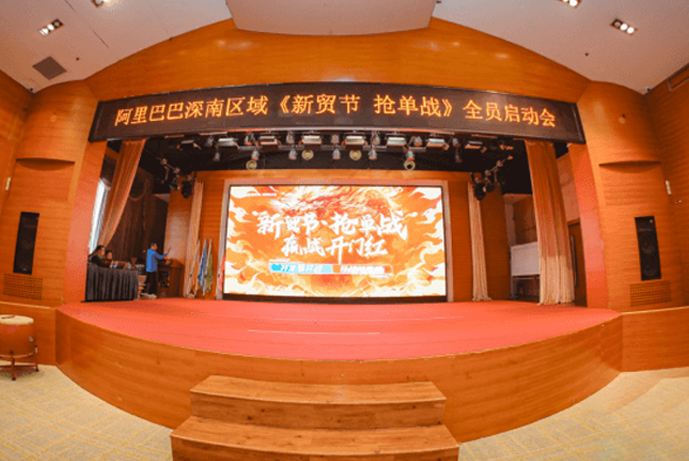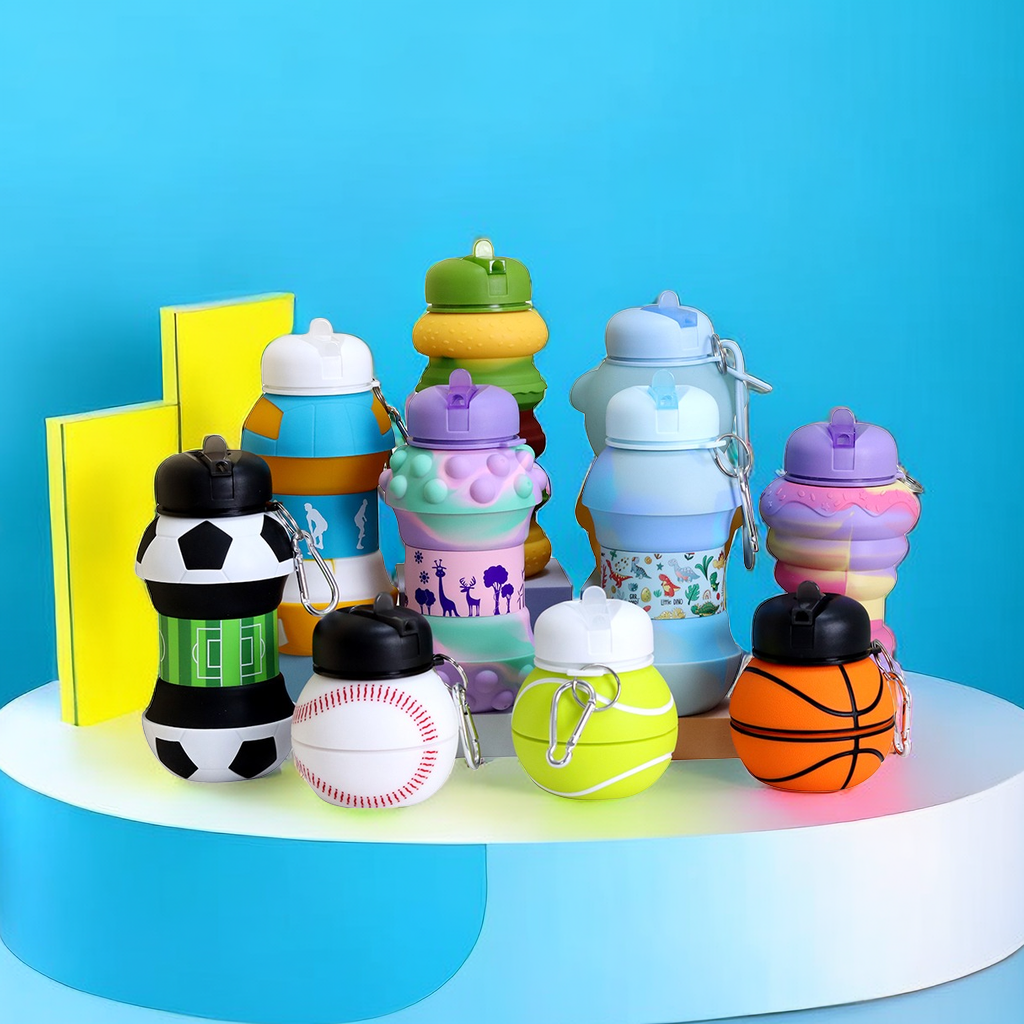Inhalt
When it comes to providing food solutions for schools, offices, or any setting where meals need to be transported, lunch storage containers play a crucial role. As a wholesaler, your choice of container can significantly impact the satisfaction of your clients. In this guide, we’ll explore the various types of lunch storage containers available on the market, with a focus on those made from silicone, highlighting their unique advantages as well as discussing other popular materials like plastic, stainless steel, glass, ceramic, rice husk, and bamboo fiber.
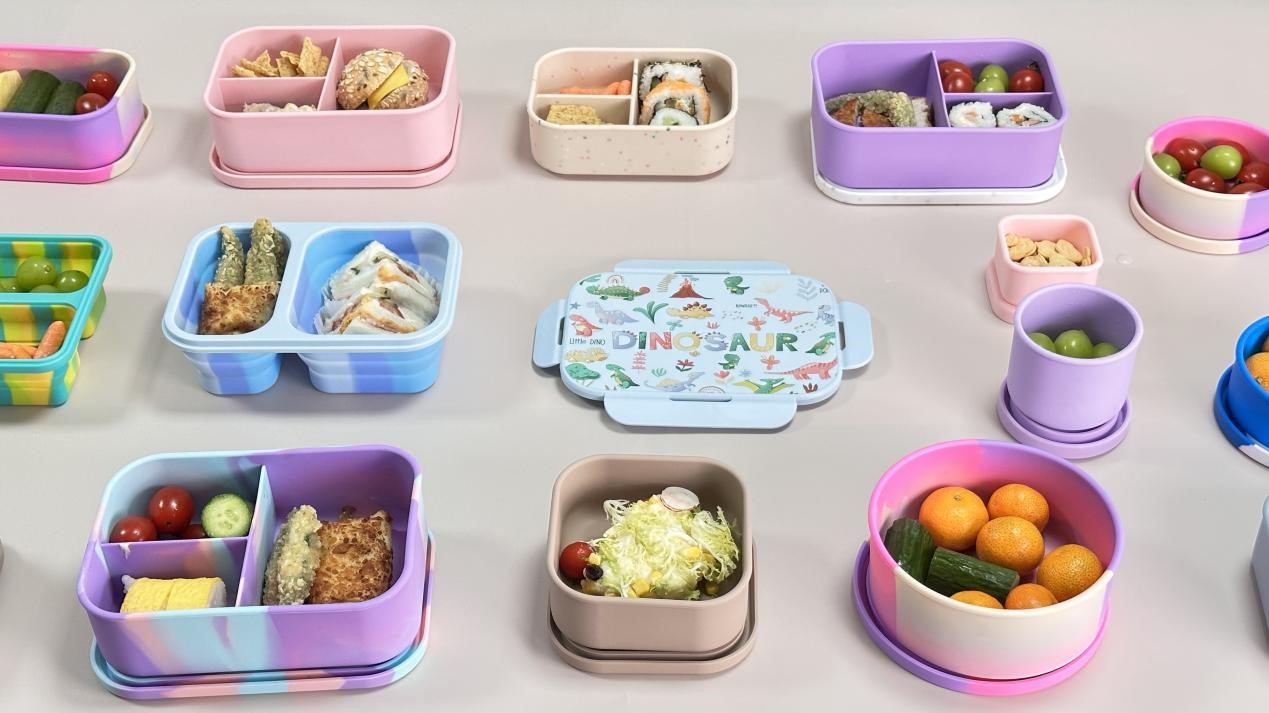
Exploring Plastic Lunch Storage Containers
Plastic lunch storage containers, particularly those made from PP (polypropylene), PPSU (polyphenylsulfone), or Tritan, are popular choices due to their durability and convenience. These materials are microwave-safe, allowing for easy reheating, and can be reused multiple times, promoting sustainability. However, they may not offer the best insulation, and some consumers are concerned about potential health risks associated with certain types of plastic. Our expertise as a silicone factory allows us to provide alternatives that address these concerns while still delivering on functionality and design.
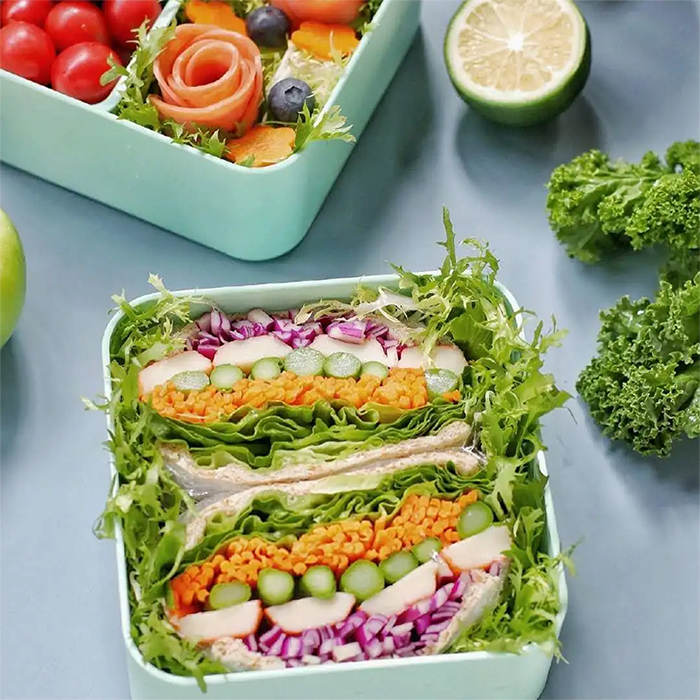
Stainless Steel: A Time-Tested Option
For those who prioritize heat resistance and ease of cleaning, 304 or 316 stainless steel lunch storage containers stand out. Despite being non-insulating and unsuitable for microwaves, their robustness and longevity make them a solid choice for many. We recommend verifying the quality and certification of the steel used, ensuring it meets food-grade standards and is free from harmful heavy metals.
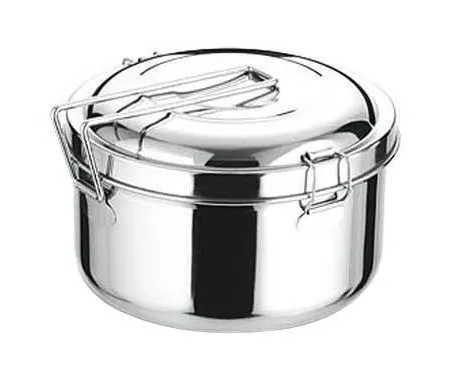
Glass and Ceramic: Combining Beauty with Functionality
Glass and ceramic lunch storage containers bring a touch of elegance to mealtime, alongside the advantage of being microwave-safe. Nevertheless, these materials come with their own set of challenges, such as weight, fragility, and the need for careful handling to avoid thermal shock. When considering glass, opting for borosilicate or tempered varieties, known for their superior thermal resistance, is advisable. Our focus remains on providing solutions that balance aesthetics with practicality, and while we specialize in silicone, understanding the broader market helps us better serve our client’s diverse needs.
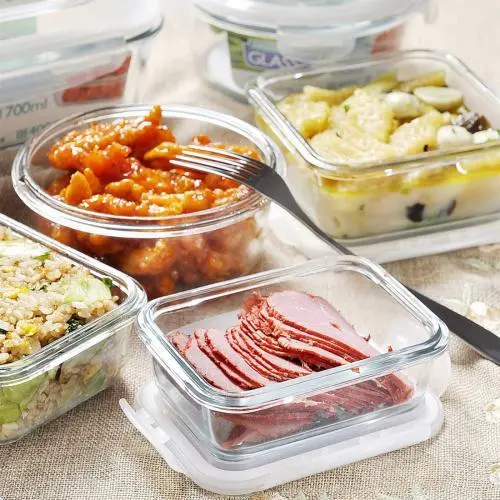
Natural Alternatives: From Rice Husk to Bamboo
In recent years, there has been a growing interest in natural and biodegradable lunch storage containers, including those made from rice husks and bamboo fibers. These materials offer a more sustainable option, yet they present unique challenges, such as difficulty in cleaning and limitations in temperature tolerance.
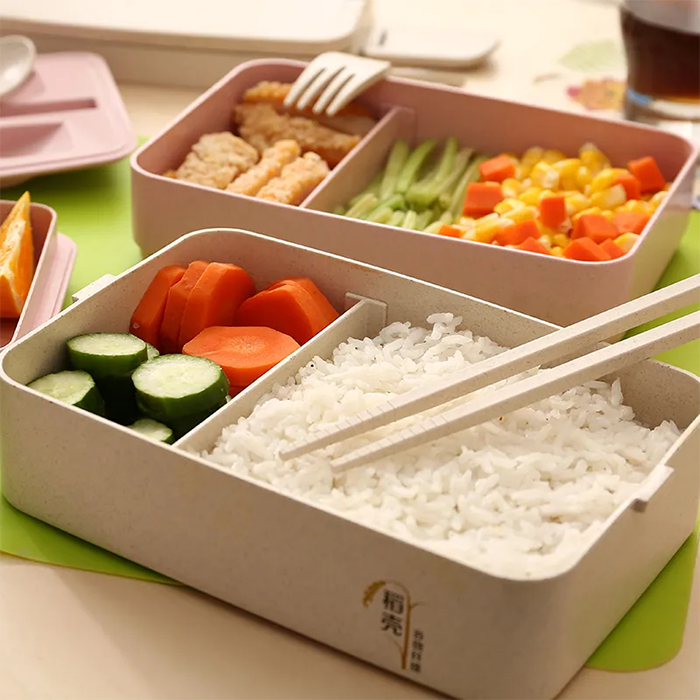
The Superiority of Silicone Lunch Storage Containers
Silikon lunch storage containers emerge as a standout option, combining the advantages of other materials while addressing their shortcomings. With exceptional temperature resistance, flexibility, and durability, silicone containers are ideal for a wide range of uses. Importantly, choosing a reputable silicone factory like ours ensures you receive products that are not only functional but also adhere to the highest safety and quality standards, including FDA and LFGB certifications. Our commitment to excellence positions us as a trusted OEM/ODM partner for custom lunch storage containers, ready to support your wholesale business with premium, tailor-made solutions.
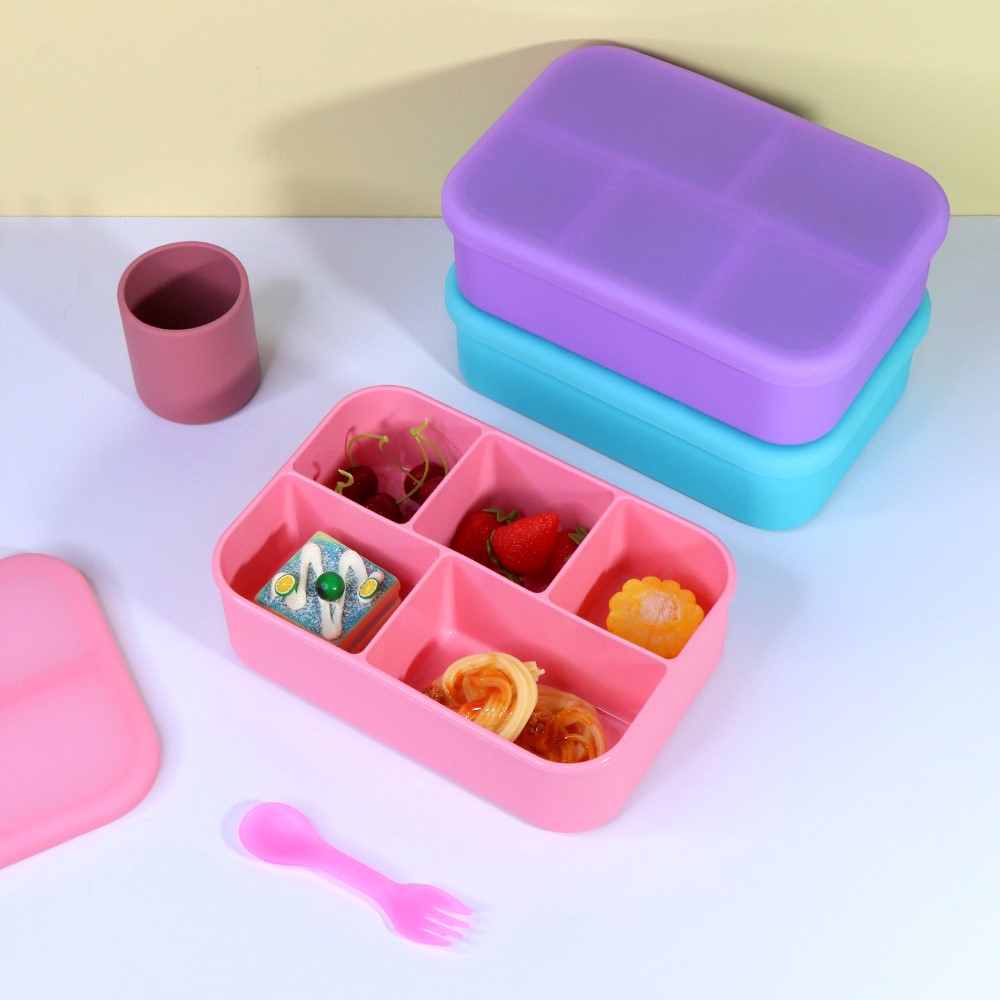
Navigating the vast array of lunch storage containers available on the market can be daunting. By partnering with a specialized silicone factory, you gain access to unparalleled expertise, a commitment to innovation, and a dedication to meeting the specific needs of your wholesale business. Whether you’re looking to enhance your existing product line or explore new opportunities, our team is here to help you succeed in the competitive world of food storage solutions.

